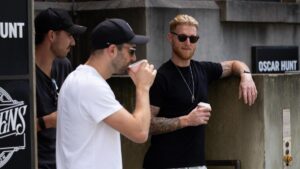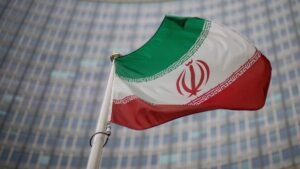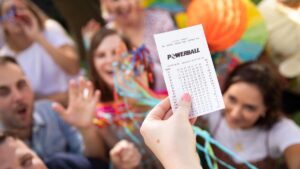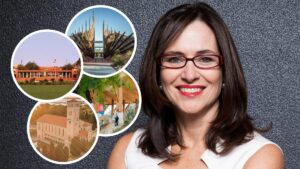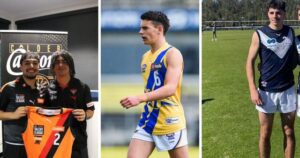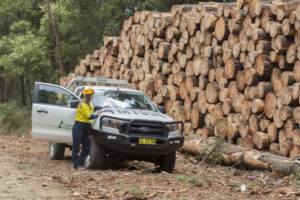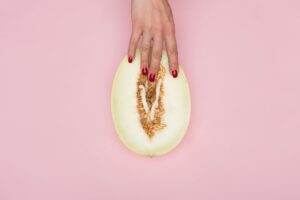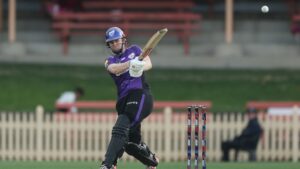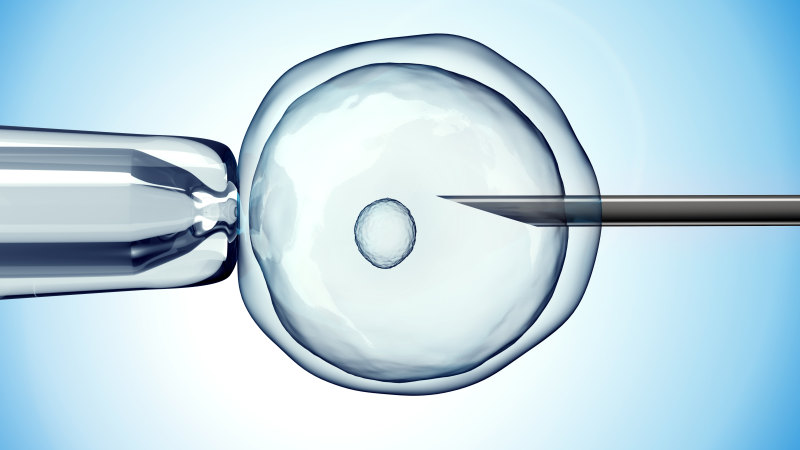
At the age of 31, Hannah Bambra made a significant decision to freeze her eggs through in vitro fertilization (IVF), seeking to take control of her reproductive future. This choice, made nearly three years ago, empowered her to step away from societal timelines often dictated by relationship status. As she navigates the emotional landscape of this process, Bambra now confronts complex questions about what to do with any surplus eggs that may remain after starting a family.
In Australia, individuals have three primary options regarding excess eggs and embryos: they can choose to destroy them, donate them for scientific research, or donate them to another individual or couple. The **critical shortage of donor eggs** in Australia is well-documented, with **egg retrieval being invasive, expensive, and time-consuming**, making it a pressing issue for those in need of donor eggs.
Bambra reflects on her feelings about donation, acknowledging that while it seems like a generous gift to those on long waitlists, the decision weighs heavily on her. She notes that in New South Wales, any donor-conceived child born after **January 1, 2010**, has the right to access identifying information about their donor when they turn 18. This transparency has shifted perspectives for many, with some donor-conceived individuals seeking to understand their genetic history, while others express concerns about the implications of such laws on donor anonymity.
The debate surrounding donor anonymity has intensified with the rise of online DNA testing, leading to increased interest in donor-conceived individuals looking to connect with their biological origins. A **2021 study conducted by Deakin University** found that many donor-conceived people view the search for their donor as a way to broaden their identity. Bambra grapples with the notion of being perceived as a parent through donation, despite her belief that biological contribution does not equate to parental status.
The emotional landscape is further complicated by the potential expectations of donor-conceived individuals. Bambra questions how she would navigate someone else’s quest for identity and what they might expect from her, acknowledging that the desire for a relationship with a donor is not universal.
Zoe Nico, another woman facing similar decisions, shares her experience of having embryos in storage after the birth of her first child. As she contemplates a second pregnancy, she faces decisions regarding her five frozen embryos. Nico initially leaned toward altruistic donation but now feels uncertain, citing concerns over relinquishing control of the environment in which the child would grow up.
The **1500 percent increase in egg freezing** in Australia over the past decade highlights the growing need for discussions about the future of surplus eggs. As more people opt for egg freezing, the questions surrounding donation or destruction will become increasingly common.
Bambra has opted to donate any unused eggs to scientific research, a choice she finds to be a satisfactory compromise. Yet, she realizes that when she finally holds her long-awaited child, her feelings about the possibility of helping others may evolve. She understands the profound pain of waiting for the chance to start a family and might feel compelled to extend that support to someone else.
Through her experience, Bambra emphasizes the importance of open dialogue about the complexities surrounding fertility choices. As society adapts to changing family structures and reproductive technologies, these personal stories highlight the emotional and ethical considerations that accompany such decisions.
